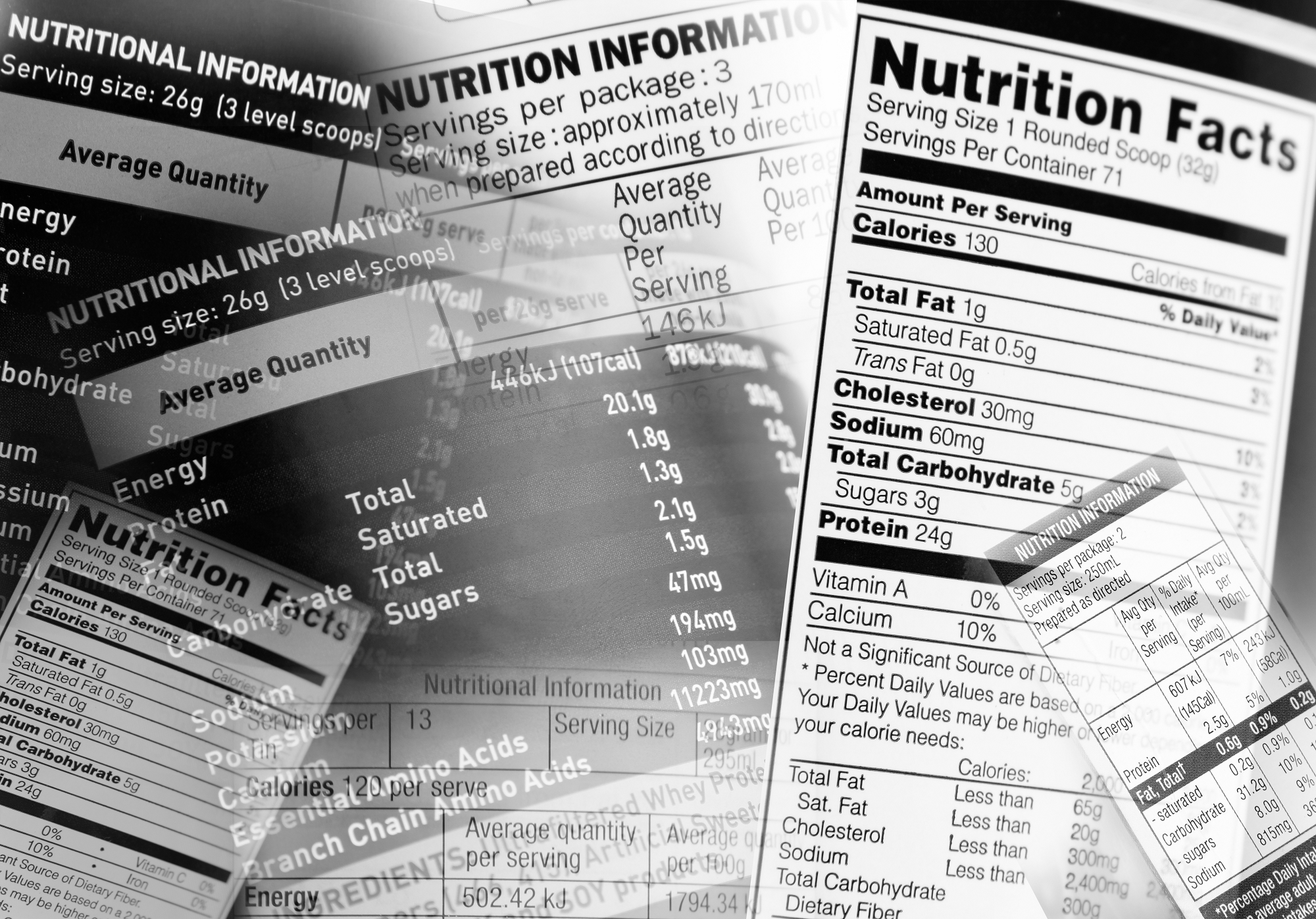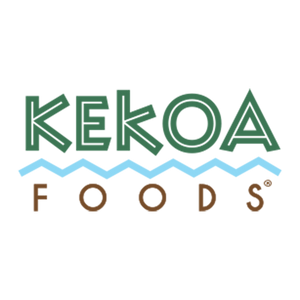
Carefully reading the labels on baby food products is a skill. We agree that the ingredients and nutritional information listed on these baby food labels can be confusing. To help you make informed decisions about what you are feeding your baby, below is an easy-to-understand guide on how to read labels on baby food products.
Look for ingredients you recognize: This one is as practical as it gets. When reading the ingredients list, see if the ingredients pass the test. Do you recognize the ingredient, and can you pronounce it? Preferably, the ingredients should be whole foods, such as fruits, vegetables, and whole grains. Avoid ingredients that are highly processed, have added sugars or artificial sweeteners, or are high in sodium.
Check for added sugars: Sadly, added sugars are a common ingredient in many baby food products, even those marketed as "healthy." Look for ingredients such as corn syrup, fructose, and honey, as well as any ingredients ending in "-ose" (e.g. glucose, sucrose, maltose). This is how added sugar sneaks up on us parents. Added sugars should be avoided at all costs. They can contribute to tooth decay and lead to unhealthy eating habits later in life.
Pay attention to serving sizes: The serving size of baby food products is usually much smaller than the amount a baby would actually eat in one sitting. Be sure to consider the entire jar or container when determining the nutritional content of the food.
Examine the nutrition facts panel: The nutrition facts panel on baby food products will provide information about the nutrient content of the food. Look for baby food that is high in nutrients such as protein, fiber, vitamins, and minerals, and low in saturated and trans fats, cholesterol, and sodium.
Reading the labels: It is very important to read baby food label to ensure your baby is getting the best nutrition possible. By understanding the ingredients and nutritional information on labels, you can make informed decisions about what you are feeding your baby. Never trust a brand based on your perception of its reputation. Parents should be proactive about what goes into their kids’ bodies and take it into their own hands to research every ingredient.
Remember to look for recognizable ingredients, avoid added sugars, pay attention to serving sizes, check the nutrition facts panel, and choose age-appropriate baby food products. With these tips in mind, feel confident that you are providing your baby with the proper nutrition they need to grow and develop.
References:
- https://www.eatright.org/food/nutrition/eating-as-a-family/how-to-read-a-food-label-for-healthy-eating
- https://www.healthychildren.org/English/ages-stages/baby/feeding-nutrition/Pages/How-to-Read-a-Food-Label.aspx
- https://www.fda.gov/food/new-nutrition-facts-label/daily-value-new-nutrition-and-supplement-facts-labels
